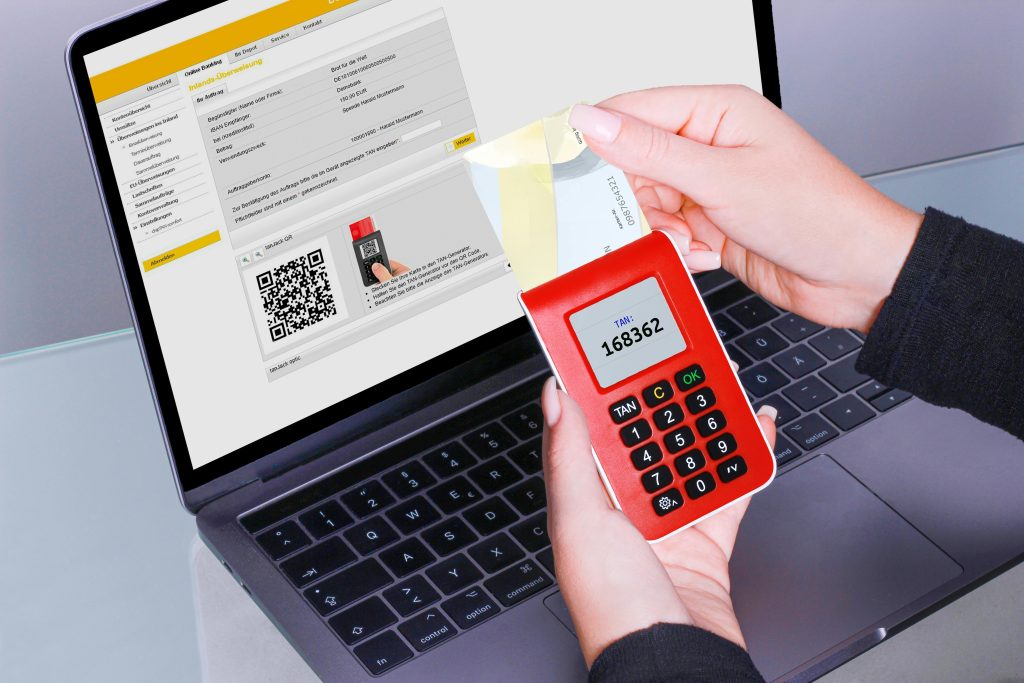Introduction
Bond lodgement and release are critical steps in ensuring financial security and compliance in industries ranging from property rentals and construction projects to import/export trade and government contracts. Whether you are a landlord, tenant, importer, exporter, or contractor, understanding how bonds are lodged and released is essential for smooth operations and to avoid costly disputes.
This guide provides a comprehensive, step-by-step breakdown of bond lodgement and release, including industry-specific applications, compliance requirements, and best practices. By the end, you’ll have a clear roadmap for handling bonds with confidence and efficiency.
What Is Bond Lodgement?
Bond lodgement refers to the formal deposit of money or a financial guarantee into a secure, regulated account as a form of protection against potential breaches, damages, or defaults.

Common Scenarios:
- Residential Rentals: Tenants lodge a rental bond with the state authority to cover unpaid rent or property damage.
- Import/Export Trade: Importers lodge customs bonds to ensure compliance with duties, tariffs, and import regulations.
- Construction Contracts: Contractors lodge performance bonds or security deposits to guarantee project completion.
- Government Procurement: Vendors lodge bid bonds to secure tender obligations.
Key Characteristics of Bond Lodgement
- Always recorded and receipted through an official channel.
- Held in a trust account or government-secured system.
- Cannot be accessed or withdrawn by either party until release conditions are met.
Why Bond Lodgement Matters
Bond lodgement isn’t just a formality — it protects all parties and ensures fair dealings.
1. Risk Mitigation
- Protects landlords, employers, or government agencies from losses due to non-performance or damage.
- Gives tenants, contractors, or importers a way to demonstrate financial responsibility.
2. Compliance and Legal Requirements
- In many jurisdictions, bond lodgement is mandated by law (e.g., state rental boards, customs authorities).
- Non-lodgement can result in fines, loss of licenses, or inability to operate legally.
3. Building Trust Between Parties
- Shows commitment to agreements.
- Provides reassurance that any disputes can be resolved with a neutral financial guarantee.
The Bond Lodgement Process
The process of lodging a bond varies depending on the industry and jurisdiction, but typically follows a structured workflow.
Step 1: Agreement on Bond Amount
- Defined in the contract, lease, or legal requirement.
- For rental properties, this is usually capped by law (e.g., four weeks’ rent).
- For trade or construction, the percentage may vary (commonly 5–10% of the contract value).
Step 2: Payment or Guarantee Creation
- The bond is either:
- Paid in cash into a government or trust account.
- Issued as a bank guarantee or insurance-backed bond.
Step 3: Submission to the Relevant Authority
- Rental: Lodged with a state bond authority (e.g., Residential Tenancies Bond Authority in Australia).
- Import/Export: Lodged with customs or a bonded warehouse.
- Construction: Lodged with the project owner or regulatory agency.
Step 4: Receipt and Acknowledgment
- Once lodged, the authority issues an official receipt or certificate.
- Both parties (payer and receiver) should retain this documentation for future disputes or claims.
Step 5: Digital Registration (Where Applicable)
- Increasingly, lodgements are handled digitally through online portals.
- Example: Some rental authorities allow tenants to lodge and track bonds online with unique reference numbers.
Industry-Specific Examples of Bond Lodgement
1. Rental Properties
- Tenant signs a lease → pays bond → landlord lodges with authority.
- Authority issues receipt and bond number → tenant and landlord both notified.
- Non-lodgement by the landlord may lead to legal penalties.
2. Import/Export Trade
- Importer applies for a customs bond to guarantee payment of tariffs/duties.
- The bond is lodged with customs before goods are released.
- Covers non-compliance, unpaid duties, or smuggling penalties.
3. Construction Projects
- Contractor lodges a performance bond with project owner.
- Guarantees delivery of work according to specifications.
- In case of contractor default, project owner can claim against the bond.
4. Government Procurement
- Bidder lodges a bid bond when submitting tenders.
- Prevents bidders from withdrawing after winning.
- Encourages serious, financially capable participants.
Challenges in Bond Lodgement
Despite being a standard process, bond lodgement often faces hurdles:

- Incorrect or Delayed Lodgement: Late submission can lead to penalties.
- Errors in Documentation: Wrong details (e.g., name, amount, or reference numbers) can complicate future release.
- Fraudulent Bonds: Especially in construction, fake or invalid bonds may surface.
- Disputes Over Amounts: Tenants may challenge excessive bond amounts; contractors may negotiate lower percentages.
- Lack of Transparency: Manual systems can lead to delays and difficulty in tracking.
Technology in Bond Lodgement
Modern systems have streamlined the lodgement process, reducing risks and delays.
1. Online Lodgement Portals
- Many rental and government authorities now accept digital bond lodgement.
- Instant receipts and tracking reduce disputes.
2. Integration with ERP/Contract Systems
- Large enterprises integrate bond lodgement directly into procurement or supply chain systems.
- Automates reminders for renewal or release.
3. Blockchain and Smart Contracts
- Emerging trend in construction and trade bonds.
- Provides tamper-proof records and automated release once conditions are met.
4. Mobile Apps for Tenants/Contractors
- Allow real-time lodgement, notifications, and document uploads.
- Improves visibility and transparency for stakeholders.
Best Practices for Lodging Bonds
- Double-Check Details: Ensure all contract and personal details are correct before submission.
- Always Use Official Channels: Avoid handing bond money directly to landlords or contractors without official lodgement.
- Keep Receipts Secure: Both physical and digital proof of lodgement are critical.
- Understand Jurisdictional Rules: Different states and countries have unique requirements and deadlines.
- Audit Trail: Businesses should maintain a clear record for compliance and dispute resolution.
The Bond Release Process
Just as important as lodgement, bond release ensures funds or guarantees are returned (fully or partially) once contractual obligations are met. Release workflows differ slightly across industries, but the principles remain consistent.
Step 1: Trigger for Release
- Rental Properties: Lease ends, tenant vacates, property inspected.
- Construction Projects: Project completed and approved.
- Trade/Customs: Duties paid, and import/export requirements satisfied.
- Government Procurement: Bid obligations or contracts finalized.
Step 2: Application for Release
- Typically initiated by the party who lodged the bond (tenant, contractor, importer).
- Submitted through an official portal, bond authority, or financial institution.
Step 3: Verification and Approval
- Authority or project owner verifies conditions have been met.
- Includes inspections, audits, and cross-checking compliance records.
Step 4: Handling Deductions or Claims
- If damages, defaults, or penalties apply, the claim is deducted from the bond.
- Remaining amount (if any) is released to the depositor.
- Disputes may escalate to mediation or tribunal proceedings.
Step 5: Refund or Cancellation
- For cash bonds: Funds are refunded to the original payer.
- For bank/insurance-backed guarantees: The financial instrument is cancelled.
Common Issues in Bond Release
Even when obligations are complete, delays or disputes often arise.
- Unjustified Claims: Landlords or project owners may try to withhold amounts unfairly.
- Processing Delays: Manual systems or backlog at authorities can slow refunds.
- Disputed Damages: Tenants may argue against deductions for “fair wear and tear.”
- Documentation Errors: Incorrect account details or mismatched reference numbers can stall release.
- Cross-Border Trade: Customs bond release may be delayed by paperwork mismatches.
Workflows for Dispute Resolution
Disputes over bond release are common, but structured workflows help resolve them fairly.
Rental Bond Disputes
- Tenant contests landlord’s claim → matter referred to tenancy tribunal.
- Both parties present evidence (photos, inspection reports, receipts).
- Tribunal makes a binding decision.
Construction Bond Disputes
- Contractor challenges owner’s call on performance bond.
- May involve arbitration or legal proceedings.
- Courts assess whether default occurred before release is blocked.
Customs/Trade Disputes
- Importer appeals against unfair duty claims.
- Requires documentation proving compliance with regulations.
Key Tip:
Always maintain clear records (receipts, contracts, photos, audit trails). In disputes, evidence is your strongest defense.
Technology in Bond Release
Just as with lodgement, technology is modernizing bond release.

- Automated Release Triggers: Digital systems can automatically refund bonds once conditions (like lease termination + inspection approval) are met.
- Online Dispute Portals: Reduce the need for in-person hearings and streamline resolution.
- Smart Contracts on Blockchain: Automate release upon meeting predefined conditions — e.g., completion certificates, inspection approval.
- ERP Integration: Enterprises use finance/ERP systems to manage bond lifecycle (lodgement, monitoring, release, auditing).
Case Studies
Case 1: Rental Property in Australia
A tenant lodges a $1,200 bond through the state’s online bond authority. At lease end, both tenant and landlord agree no damages occurred. The tenant applies for release via the portal, and the full amount is refunded within 7 business days.
Case 2: Construction Project Performance Bond
A contractor lodges a 5% performance bond on a $10M infrastructure project. Upon completion, the project owner verifies all works and approves release. Bond is cancelled by the issuing bank, freeing up the contractor’s credit facility.
Case 3: Import Customs Bond in the U.S.
An importer files a customs bond before releasing a container shipment. Once duties are paid and customs clearance verified, the bond is released automatically through the customs system.
Best Practices for Bond Release
- Initiate Early: Don’t wait; start the release application as soon as obligations are met.
- Communicate Clearly: Ensure all parties are informed and in agreement.
- Use Official Channels: Apply only via recognized authorities or online portals.
- Resolve Disputes Quickly: Escalate to mediation or tribunals if negotiations stall.
- Leverage Technology: Use digital lodgement/release platforms for faster turnaround.
Compliance and Audit Considerations
- Keep comprehensive records of both lodgement and release for regulatory audits.
- In industries like trade and government procurement, missing documentation can trigger compliance penalties.
- Regular internal audits ensure no expired or unreleased bonds remain on the books.
Conclusion
Bond lodgement and release form the backbone of financial security and compliance across industries. From rental agreements to billion-dollar infrastructure projects, they protect stakeholders, minimize risks, and foster trust. By understanding the step-by-step process, adopting best practices, and leveraging modern technology, organizations and individuals can handle bonds efficiently while avoiding disputes.
FAQs
1. What happens if a bond is never lodged?
Failure to lodge a bond (e.g., in rentals or contracts) often results in fines, loss of licenses, or legal action. Always confirm lodgement with an official receipt.
2. Can a landlord keep my full rental bond?
Only if damages, unpaid rent, or breaches justify it. Otherwise, the tenant is entitled to a full refund. Disputes can be escalated to a tribunal.
3. How long does it take to get a bond refund?
Varies by jurisdiction. Some online systems process refunds within 3–7 business days, while manual systems may take weeks.
4. What is a performance bond in construction?
A financial guarantee lodged by contractors to ensure project completion. If the contractor defaults, the project owner can claim compensation.
5. Are customs bonds refundable?
No, customs bonds are not refunded. They remain valid as a financial guarantee for duties, compliance, and potential penalties.
6. Can technology speed up bond release?
Yes — digital portals, ERP integration, and smart contracts reduce delays, ensure transparency, and automate release conditions.

